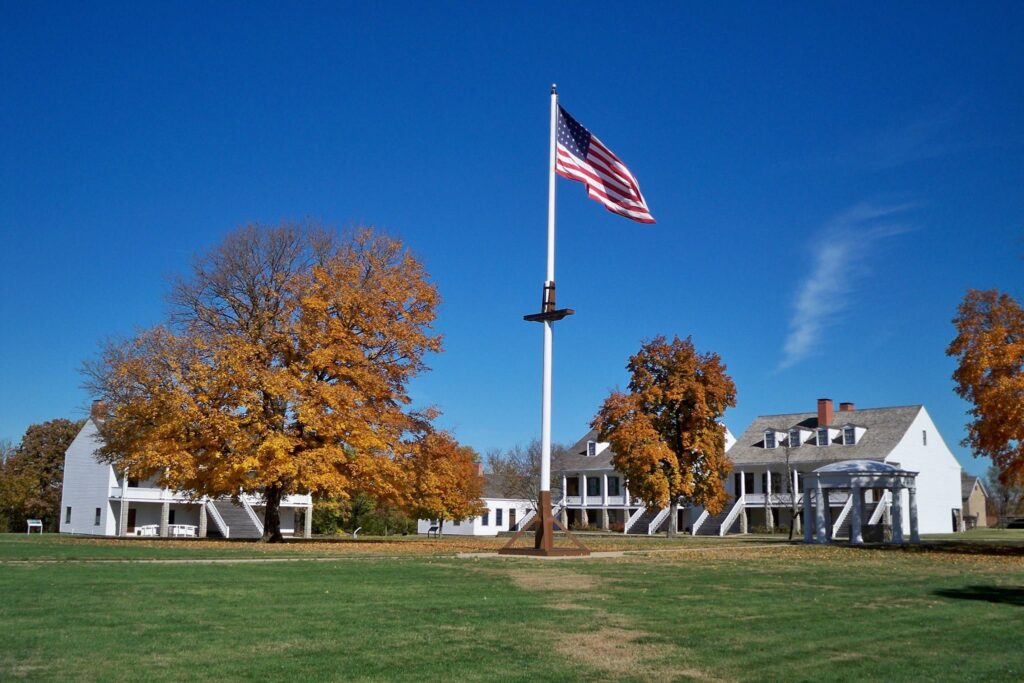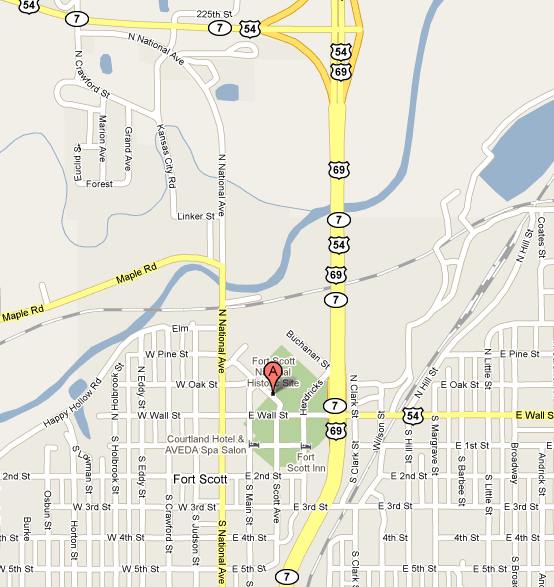Fort Scott National Historic Site
History
Sunday – Tuesday: 8:30 AM – 4:30 PM
Wednesday – Thursday: Closed
Friday – Saturday: 8:30 AM-4:30 PM
Fort Scott National Historic Site in the heart of historic downtown Fort Scott tells the story of America growing up. When the fort was established in 1842, the nation was still young and confined largely to the area east of the Mississippi River. Yet within a few years, Fort Scott’s soldiers became involved in events that would lead to tremendous spurts of growth and expansion. As the nation developed, tensions over slavery led to the conflict and turmoil of “Bleeding Kansas” and the Civil War. Fort Scott’s story takes you through these years of crisis and beyond to the time when the United States emerged as a united, transcontinental union.
From 1842 to 1873, the buildings of Fort Scott stood witness to epic events that helped shape the country. In the years after the army left, the City of Fort Scott thrived and expanded. The old fort buidlings continued to serve as residences and commercial properties for many years. Eventually some were destroyed by fire, while others were torn down for new structures.
In the 1950s a group of Fort Scott’s history-minded citizens, proud of their town’s military origins, argued for restoring the fort to its late 1840s appearance to attract visitors and commemorate its nationally significant story.
Federal funding paved the way for the fort’s rebirth. Archaeological investigations determined the location of missing buildings. Structures not original were torn down, while most historic buildings and features were restored or reconstructed. In 1978 it became a national historic site. Today, Fort Scott’s buildings endure as memorials to the legacy of a young and vibrant America.
Fort Scott National Historic Site commemorates the Civil War and how it shaped our country by presenting the Annual Spring Civil War Encampment!



